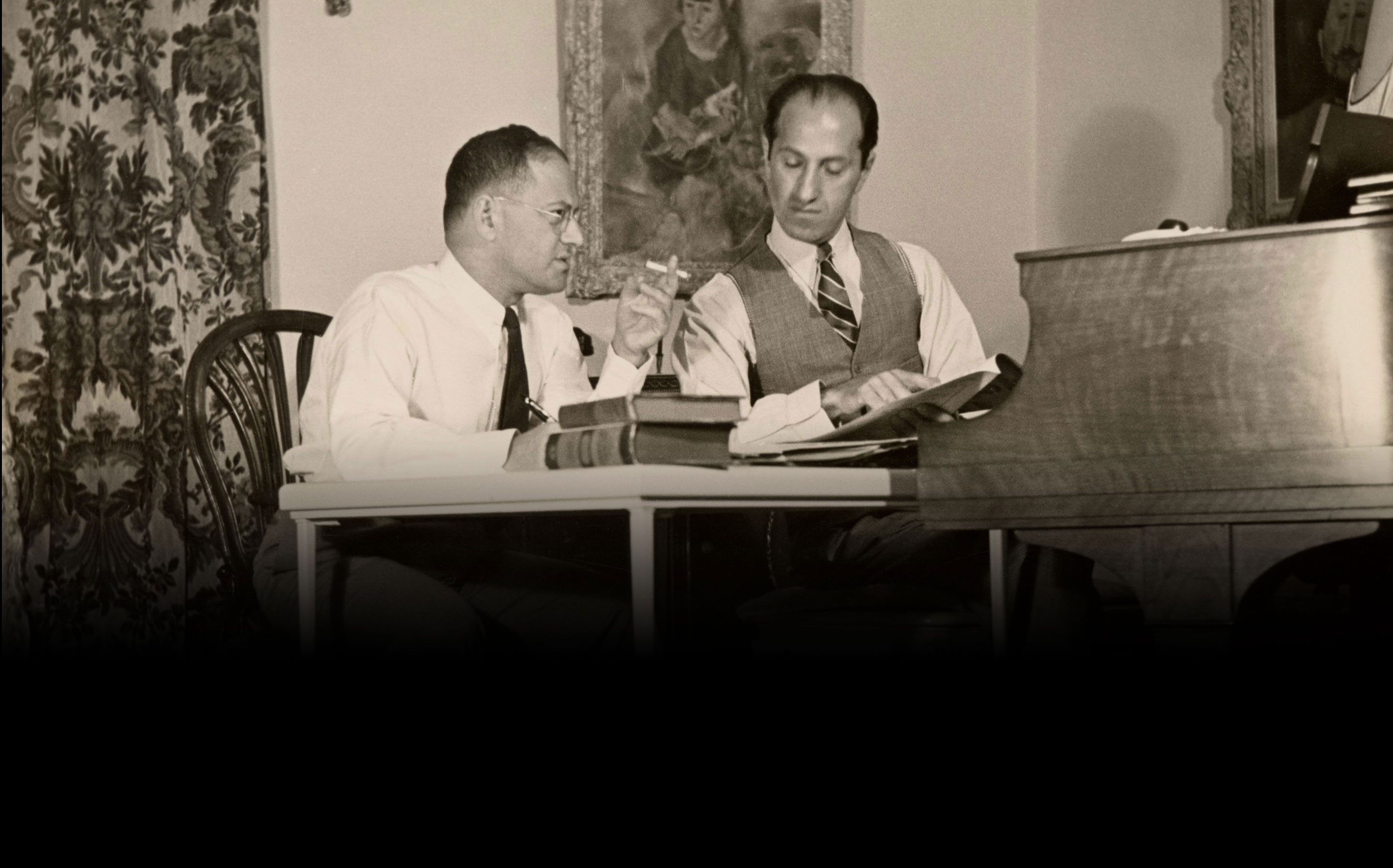Interview with Timothy McAllister: Gershwin, Adams, and the Orchestral Saxophone
The Gershwin Initiative’s own Lisa Keeney (lead editorial assistant and saxophonist) sat down in August 2016 to talk with Grammy award-winning saxophonist Timothy McAllister as a promotion for our September 2016 concert with the University of Michigan’s University Symphony Orchestra (USO). The USO premiered both the new edition of Concerto in F and the Unabridged Edition of An American in Paris. This program also featured Adams’ The Chairman Dances, and his Saxophone Concerto with soloist Timothy McAllister, for whom the concerto was written. We are delighted today to bring you the extended cut of the interview. It is broken into three parts […]
